Reaching out via cold email is a calculated tactic that people and companies use to start a conversation with people they may never have spoken to before—potential partners, customers, or clients.
It involves crafting personalized, compelling messages tailored to the recipient’s interests and needs. The objective is to pique interest, build rapport, and eventually elicit a reaction or conversion.
Effective cold email outreach necessitates thorough investigation, considerate wording, and an emphasis on adding value for the recipient. When carried out well, it can create beneficial connections and lead to new opportunities.
Table of Contents
What is cold emails ?
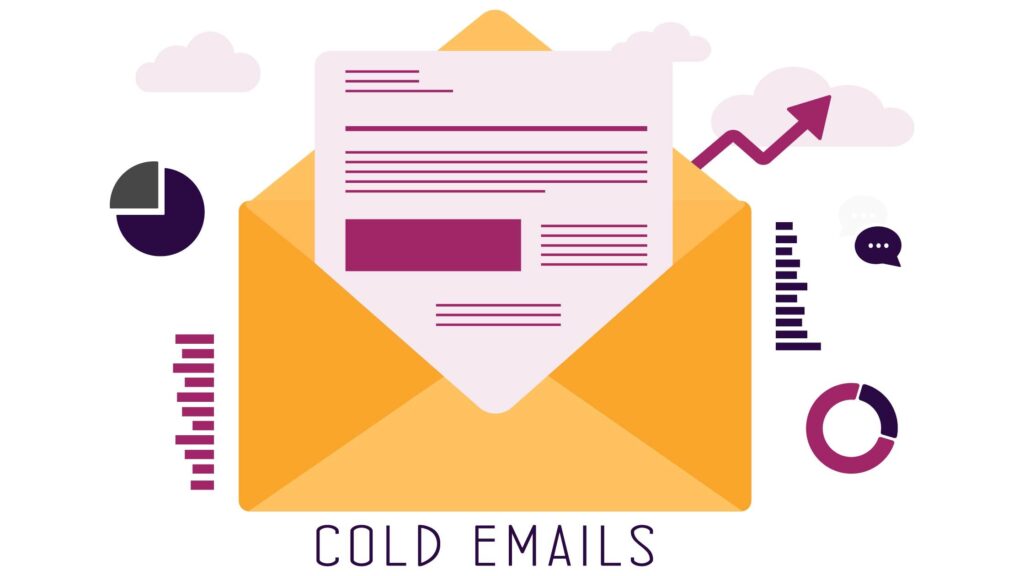
Cold emailing is the act of sending unsolicited emails to people or companies that you have no previous connection to or relationship with. It is frequently utilized for networking, sales, marketing, and job searching.
By providing the recipient with something of value or interest, the intention is to start a conversation or build a relationship.
How can sending cold emails help you attract customers for your company?
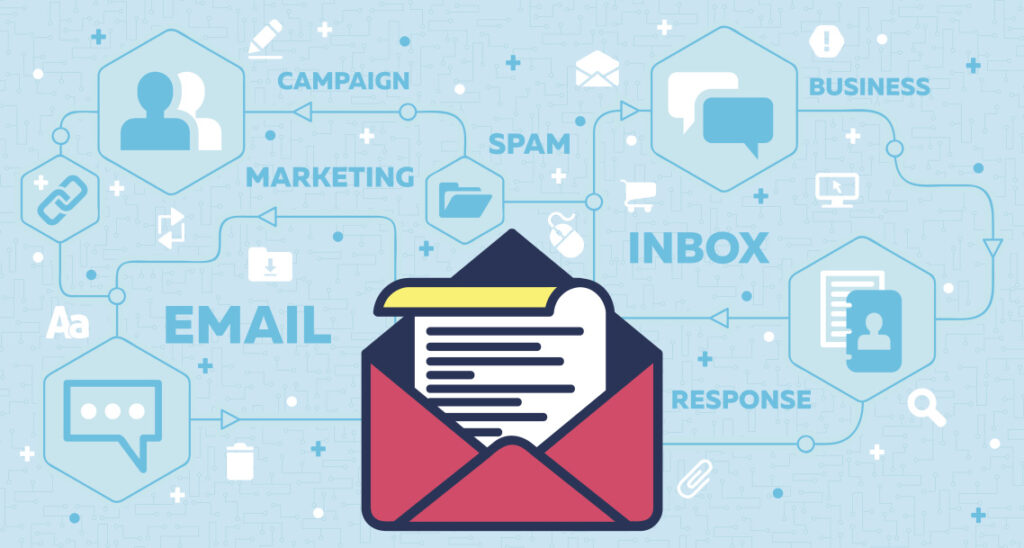
Reaching out to prospective clients who might be interested in your goods or services directly through cold emails can help you grow your clientele. When cold emailing is done correctly, it can:
1. Generate Leads: You can find prospective customers who might be in need of what you have to offer by sending out cold emails.
2. Develop Relationships: Over time, you can establish rapport and a relationship with potential clients by starting an email conversation.
3. Showcase Your Value: You can use cold emails to emphasize the advantages and worth of your goods and services, emphasizing how they can meet the needs or solve problems of the recipient.
4. Encourage Sales: By guiding the recipient through the purchasing process and closing deals, effective cold emailing can result in conversions and sales.
5. Grow Your Network: Cold emailing can assist you in reaching out to new prospects who might be interested in your services down the road, even if they do not end up as a client right away.
It is crucial to adopt a strategic and personalized approach when cold emailing in order to boost your chances of success and steer clear of appearing obtrusive or spammy.
Cold Emailing System
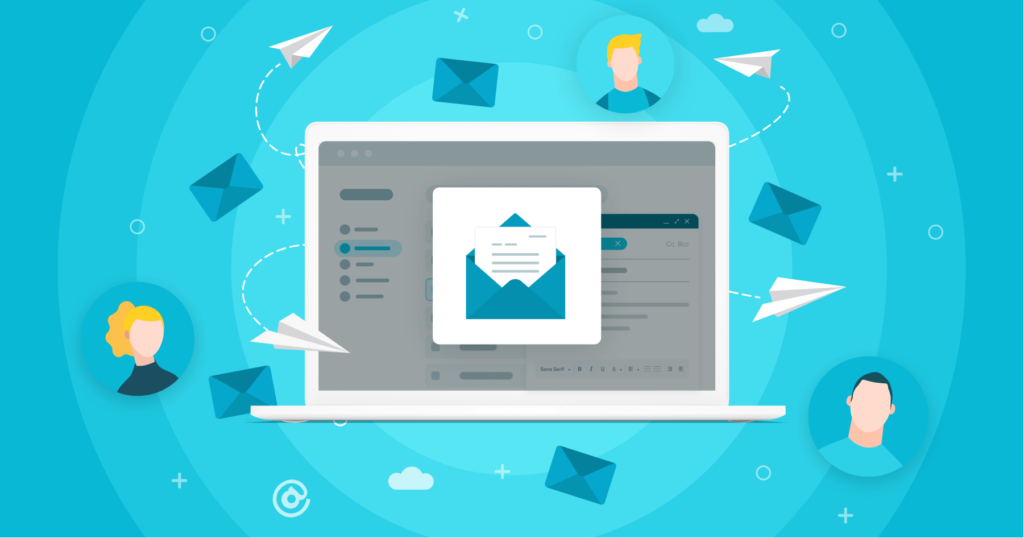
• Purchase 10 Domains:
By giving you access to a wide range of sender identities, purchasing 10–20 domains will greatly enhance your cold email outreach efforts.
You can customize your email pitches to various industries or niches by using each domain to represent a distinct brand or persona.
This will increase the likelihood that your target audience will connect with your message.
Furthermore, you can rotate sender addresses with multiple domains, which reduces the possibility of being reported as spam and enhances deliverability.
Additionally, customized domain names can help you come across as more credible and professional, which will build recipients’ trust and ultimately result in higher response rates.
All things considered, purchasing several domains gives you the ability to implement a more complex and successful cold email outreach plan.
• Create 2-3 Emails Each:
You can greatly improve your cold email outreach efforts by crafting two to three emails specifically for each of the ten to twenty domains.
You can make your content more likely to be noticed by recipients by tailoring it to appeal to the particular industries or interests that each domain represents.
This strategy fosters a sense of relevance and credibility by displaying a tailored understanding of their needs and challenges. Additionally, writing several emails enables you to test various messaging approaches, maximize interaction, and ultimately raise the efficacy of your outreach campaign.
You can improve open rates, responses, and conversions with this focused approach, which will result in more successful business partnerships.
• Create a Google Workspace:
Creating a Google Workspace will greatly improve my cold email outreach efforts.
You will be able to effectively streamline my outreach process with Google Workspace’s integrated tools, which include Gmail, Google Sheets, and Google Calendar.
You can create and send customized cold emails to prospective leads using Gmail, and you can use features like scheduling and templates to make the most of my outreach plan.
You can keep track of and manage my outreach campaigns using Google Sheets, which helps to make sure that no lead is overlooked.
You can keep track of and manage my outreach campaigns using Google Sheets, which helps to make sure that no lead is overlooked.
Overall, Google Workspace provides the essential infrastructure to enhance my cold email outreach efforts, ultimately increasing my chances of success.
• Setup DNS Records:
For cold email outreach to be effective, setting up a Document Management System (DMS) to organize records is essential.
A DMS makes sure that important data, like contact information, history of interactions, and personalized content, is easily accessible by expediting document access and retrieval.
This makes it possible for outreach teams to create cold emails that are more personalized and targeted, which raises the possibility that recipients will interact and respond.
Furthermore, the implementation of a DMS enhances the efficacy of tracking and analyzing outreach initiatives, facilitating iterative enhancements and modifications to outreach tactics grounded in real-time data insights.
In the end, outreach teams can deliver more relevant and impactful communications with a well-structured DMS, which improves the performance of their cold email campaigns.
• Warm up:
Before beginning any cold outreach, set up an email warm-up to increase the likelihood of success.
You can create a more receptive audience by building rapport and familiarity in the first interactions.
Warm-up emails function as an introduction, giving you the chance to show off your authority, find common ground, or add value for the recipient.
By taking this first step, you can establish interest and trust, which increases the likelihood that future cold emails will be read and responded to.
It also shows that you value the recipient’s time and attention, which raises the possibility that your outreach efforts will be met with a favourable response.
In summary, you can maximize the effectiveness of your cold email campaigns and cultivate relationships by integrating warm-up emails into your outreach strategy.
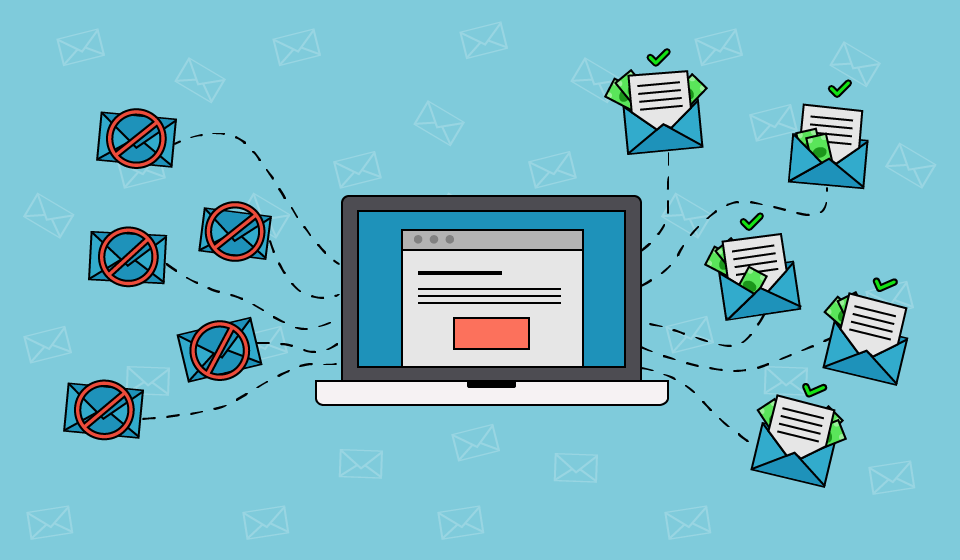
• Scrape Leads:
Reusing leads from cold email outreach campaigns is a smart strategic move. Through the collection of pertinent contact details from diverse sources, including websites and social media platforms, you can construct a focused roster of possible clients.
By using this strategy, you can be certain that the people you reach out to will be more interested in your offering.
You can personalize your cold emails with a curated list of leads by addressing their pain points and providing solutions that are specific to their requirements, which will increase engagement and conversion rates.
In the end, scraping leads gives you the ability to optimize and improve your outreach initiatives, increasing productivity and success in connecting with your intended audience.
• Verify Leads:
To maximize outreach efforts, it is essential to verify leads prior to contacting them via cold emails.
Making sure that the contact information is up to date and accurate increases the possibility that people who are actually interested in what you have to offer will get in touch with you.
Verified leads reduce the possibility of annoying or spamming potential customers, which not only improves the effectiveness of your outreach efforts but also helps you keep a good reputation.
Accurate lead verification also makes it possible to send messages that are specifically tailored to each recipient, which raises response rates and eventually results in more successful conversions.
• Write three cold emails:
Developing three successful cold emails necessitates a calculated strategy centered on value proposition, personalization, and obvious calls to action.
To grab the recipient’s attention, the subject line of every email should be intriguing. In the body, give the recipient your full name and give a brief overview of your business.
Emphasize the particular value or advantage you provide to address the needs or pain points of the recipient.
To show relevance, adapt the content to the hobbies or line of work of each recipient.
Finish by making a clear request for action, like arranging a call, asking for comments, or providing a free trial. To get the most out of the email, keep it brief, interesting, and businesslike.
• Three Follow-Up Emails:
Developing three follow-up emails is essential for retaining engagement in cold email outreach and nurturing leads.
The first follow-up should gently remind recipients of your initial correspondence, emphasizing any important details and providing additional support or details.
By addressing any objections or concerns brought up in earlier correspondence, the second follow-up can show that you are prepared to meet their needs.
Last but not least, the third follow-up ought to stress urgency or a strong case for action, motivating recipients to proceed with the conversion process.
Your chances of turning leads into paying customers rise when you carefully plan and time these follow-ups.
• Launch a campaign:
To guarantee a campaign’s success, it must be launched with careful preparation and execution.
For your messaging to be effectively tailored, start by clearly defining your objectives and target audience segments.
Next, choose the right platforms and channels based on the preferences and demographics of your audience. Create engaging creatives and content that appeal to your target market, making sure that all of your communication channels are consistent.
Put tracking systems in place to keep an eye on the effectiveness of your campaigns and make data-driven adjustments as necessary.
Lastly, create a schedule with checkpoints so that you can monitor development and assess the campaign’s success after it has been launched.
A well-designed campaign can drive desired outcomes and produce notable results with careful execution and strategic planning.
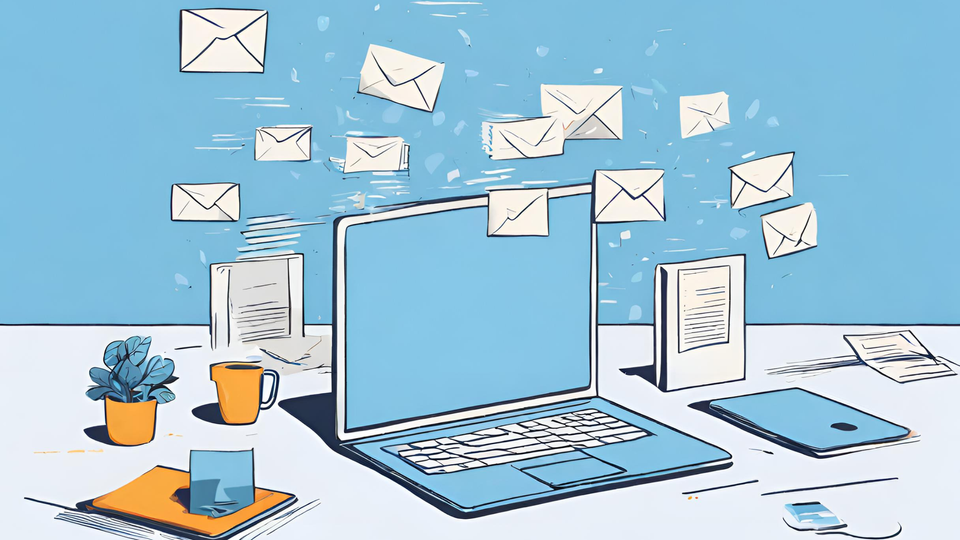
• Begin Campaign:
Starting a campaign is a calculated move that needs to be carefully planned and carried out.
It entails setting specific goals, determining target markets, developing persuasive messaging, and deciding which distribution channels are most suitable.
A campaign’s launch depends on team members working together well, tasks being completed on time, and performance being continuously assessed and adjusted as needed.
A well-executed campaign launch can captivate audiences, drive engagement, and achieve desired outcomes—brand awareness, lead generation, or sales growth—by utilizing creativity, market insights, and analytical process.
Scale it to the Moon..
Conclusion
In conclusion, when used carefully and strategically, cold email outreach can be a very effective tool.
Through the process of lead verification, message customization, and upholding an authentic and courteous demeanour, companies can efficiently interact with their intended audience, produce leads, and cultivate significant relationships.
But in the end, cold email outreach success comes down to constant optimization, responding to criticism, and keeping up with changing trends and best practices.
Cold email outreach can be the cornerstone of an all-encompassing marketing strategy, driving growth and cultivating enduring relationships with both prospects and customers, with persistence, creativity, and a dedication to providing value.
FAQs ( frequently asked questions)
1. What is cold email outreach?
Cold email outreach involves sending unsolicited emails to individuals or businesses with whom you have no prior relationship. Its purpose is to initiate contact, build relationships, and potentially generate leads or sales.
2. How do I find email addresses for cold email outreach?
Email discovery tools, LinkedIn, company websites, and industry directories are common sources for finding email addresses. Additionally, leveraging professional networks and utilizing email verification services can help ensure the accuracy of contact information.
3. What should I include in a cold email?
A compelling subject line, personalized greeting, concise introduction, value proposition tailored to the recipient’s needs, and a clear call to action are essential components of a successful cold email. Avoid overly promotional language and focus on providing relevant and valuable information.
4. How many follow-ups should I send after the initial cold email?
The number of follow-ups depends on factors such as the nature of your offering, the level of interest shown by the recipient, and industry norms. A common practice is to send 2-3 follow-up emails spaced out over a period of time, with each message providing additional value or addressing potential objections.
5. How can I measure the effectiveness of my cold email outreach campaign?
Tracking metrics such as open rates, click-through rates, response rates, and conversion rates can provide insights into the performance of your cold email campaign. Additionally, tracking engagement levels and analyzing qualitative feedback from recipients can help refine your approach and improve future outreach efforts.


